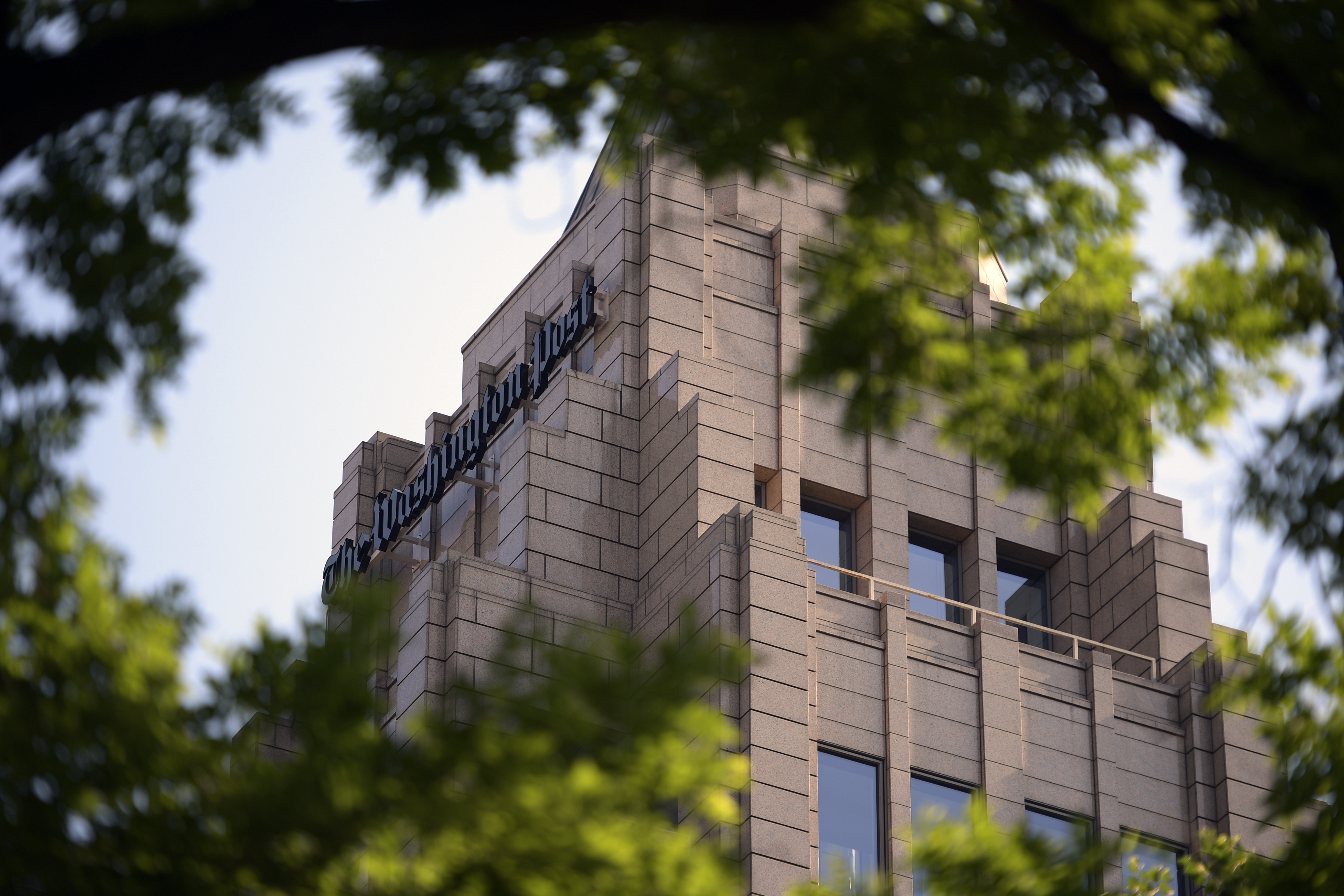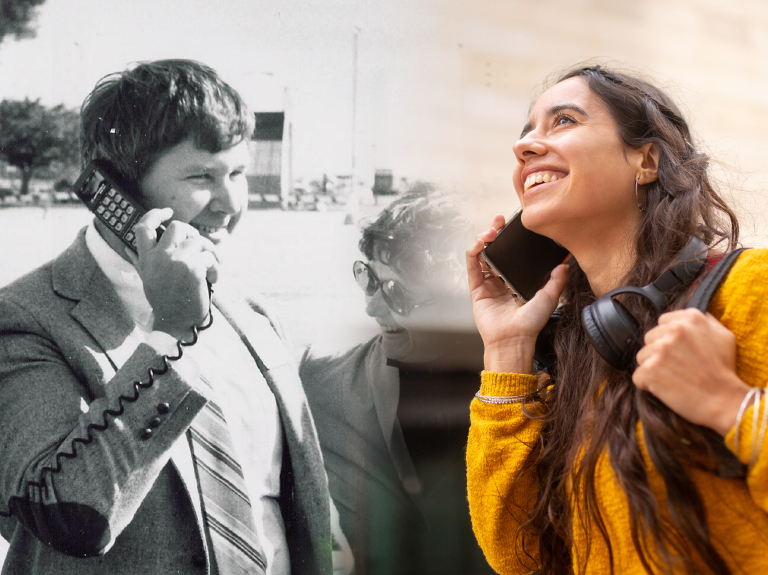
AT&T and The Washington Post team up on the future of digital storytelling
In 2004, Cingular Wireless (now AT&T*) sent teams of college journalism students to both the Democratic and Republican political conventions to cover the news – using just their cellphones. We called it the “Wireless Election Connection."
Let’s put this in context. This was three years before the launch of the smartphone. A year before we launched 3G services. Yes. I said 3G. There were no app stores and no social media platforms.
The phones did have cameras, but not QWERTY keyboards. They had 12 buttons requiring old fashioned texting techniques to create copy. You know, like when you had to press the “5” key three times to create the letter “L.”
“We were ahead of our time,” said Randy Covington, director of Newsplex at the University of South Carolina, who oversaw the project. “We got a lot of funny looks from seasoned print and broadcast journalists. But we knew we were laying the foundation for the next generation of news gathering.”
Of course, it turns out Professor Covington was right. The smartphone has become essential for newsgathering. Today, live video can be streamed using powerful devices and networks. High resolution photos can be snapped and posted in seconds.
That’s why it’s exciting – 15 years later - to see our pioneering work moving to a whole new level. Forget flip phones and texting. This time, we’re going to be testing 5G with one of the premier news gathering organizations in the world – The Washington Post.
AT&T and The Washington Post are working together on the future of digital storytelling. Teams at both companies will experiment with new formats and see what immersive journalism can do better as the world is increasingly connected to 5G.
What could this look like? Think about using virtual or augmented reality to put you in the middle of a congressional hearing or giving you a front row seat at a campaign rally. Or perhaps you could see the effects of climate change by taking a virtual tour of a glacier with a digital expert by your side.
These changes won’t come overnight but the key will be to do this work in a real newsroom – not in a lab. The first step will be reengineering the infrastructure of The Post’s D.C. headquarters with our high-speed network. New 5G devices are expected to be available in the coming months.Then the fun work of creating the future of news gathering will start.
Or should I say continue. Because, that work really started 15 years ago with student journalists snapping photos on their flip phones.

Photo courtesy of The University of South Carolina.

Photo courtesy of The University of South Carolina.


